Almost half of the world’s human population lives in coastal areas, and associated coastal development has significantly degraded or destroyed many coastal ecosystems. Burgeoning human populations and rising sea levels only further constrain the availability of habitat that coastal species depend on.
California’s 1,100 mile coast has more than 200 threatened, endangered or rare species living in coastal habitats. There are hundreds of coastal estuaries that provide critical rearing habitat for marine species, and are also important for recreation, water filtration, and carbon sequestration.
Only 10 percent of California’s historic coastal wetlands remain. Without intervention, we are at risk of losing 40 percent of our remaining coastal wetlands to sea level rise over the coming decades. Conservancy scientists are working to reverse these trends.
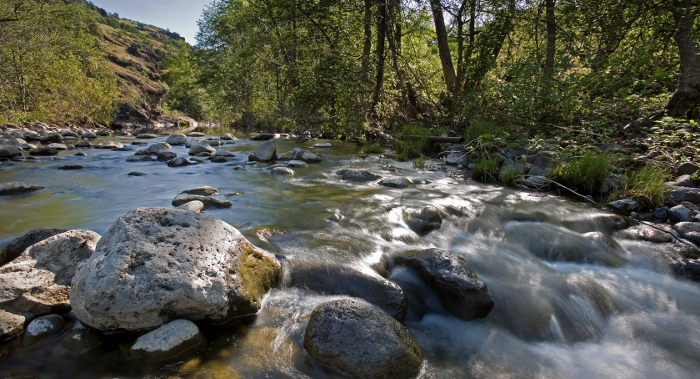
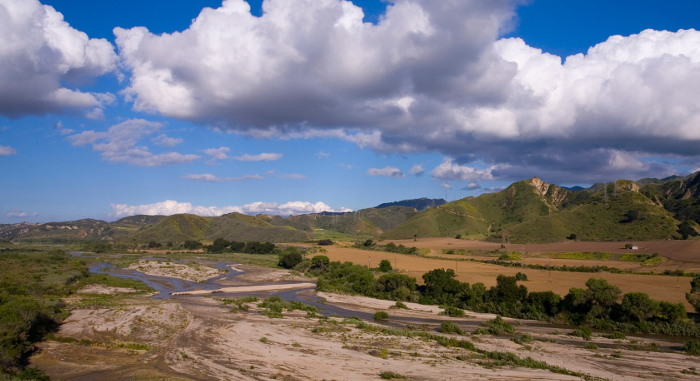
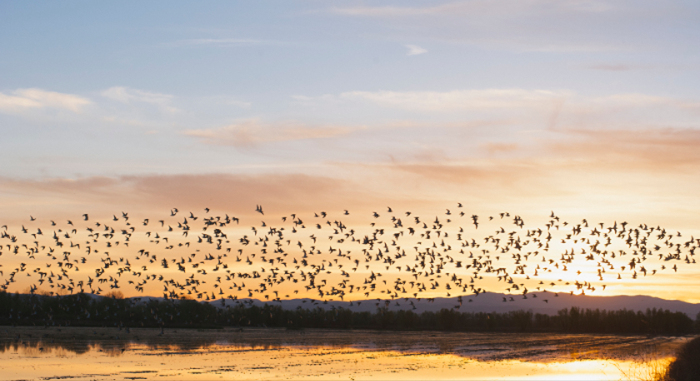
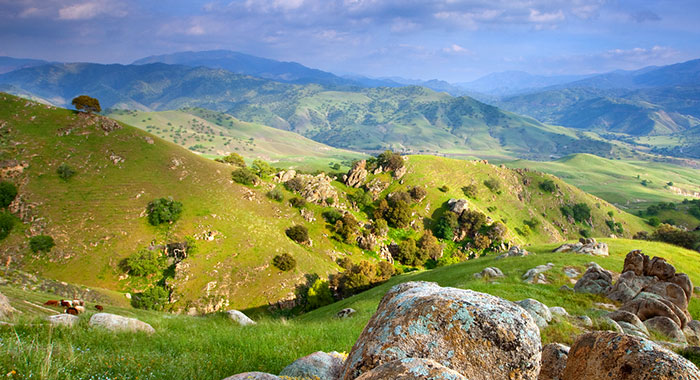
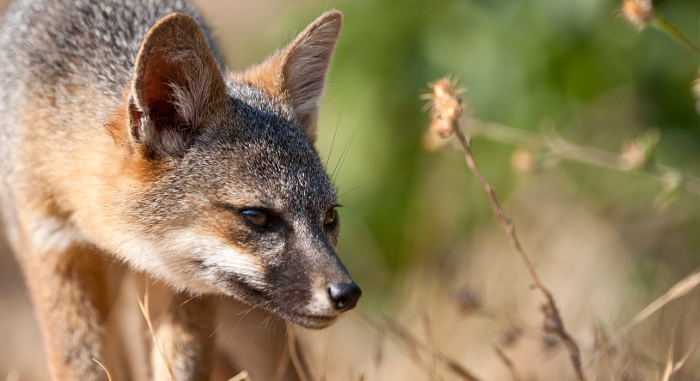

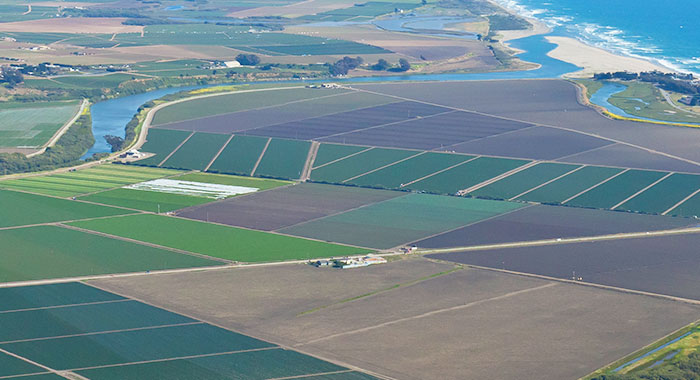

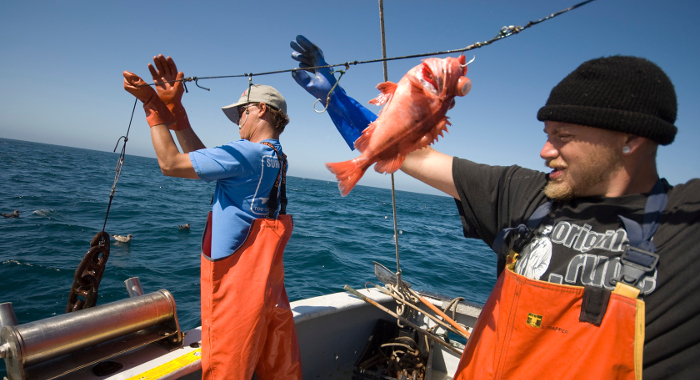
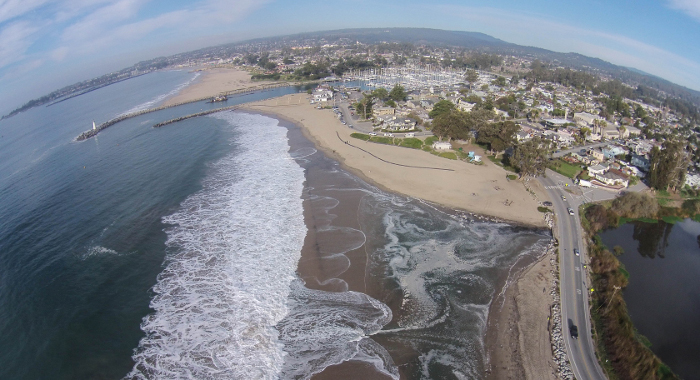

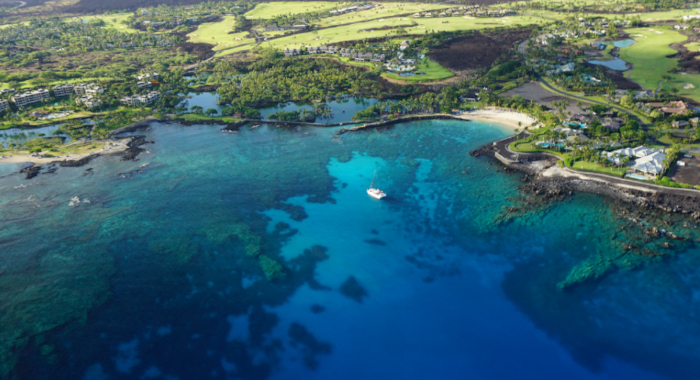
Annika T. H. Keeley, Galli Basson, D. Richard Cameron, Nicole E. Heller, Patrick R. Huber, Carrie A. Schloss, James H. Thorne, Adina M. Merenlender
Connectivity conservation must move more rapidly from planning to implementation. We provide an evidence‐based solution composed of key elements for successful on‐the‐ground…Holmes ND, Spatz DR, Oppel S, Tershy B, Croll DA, et al.
Restoring islands by eradicating damaging, non-native invasive mammals such as rats, cats, goats, and pigs has repeatedly proven to be a high impact conservation action. New research…Rodríguez A, Arcos JM, Bretagnolle V, Dias MP, Holmes ND, Louzao M, Provencher J, Raine AF, Ramírez F, Rodríguez B, Ronconi RA, Taylor RS, Bonnaud E, Borrelle SB, Cortés V, Descamps S, Friesen VL, Genovart M, Hedd A, Hodum P, Humphries G, Le Corre M, Lebarbenchon C, Martin R, Melvin EF, Montevecchi WA, Pinet P, Pollet IL, Ramos R, Russell JC, Ryan PG, Sanz-Aguilar A, Spatz DR, Travers M, Votier SC, Wanless RM, Woehler E, Chiaradia A
Seabirds are amongst the most engaged species on our planet. Among these are petrels and shearwaters: species characterized by long ocean journeys for migration and feeding, and a dependence on…Gregory J. Reis, Jeanette K. Howard, Jonathan A. Rosenfield
For years the narrative of the San Francisco Bay Delta has been driven by the contention that water use by agriculture was being limited by environmental regulation. Analyzing long-term trends…W. David Shuford, Matthew E. Reiter, Kristin A. Sesser, Catherine M. Hickey, Gregory H. Golet
Agricultural intensification has been a major factor in the loss of global biodiversity. Even so, agricultural landscapes provide important habitat for many bird species, particularly in the Central…Theodore E. Grantham, Julie K. H. Zimmerman, Jennifer K. Carah, Jeanette K. Howard
Management of California’s vast water distribution network, involving hundreds of dams and diversions from rivers and streams, provides water to 40 million people and supports a globally…Darcy Bradley, Matt Merrifield, Karly M. Miller, Serena Lomonico, Jono R. Wilson, Mary G. Gleason
A lack of fishery data leads to uncertainty about stock status, which may compromise and threaten the economic and food security of the users dependent upon that stock and increase the…Joseph A. E. Stewart, H. Scott Butterfield, Jonathan Q. Richmond, David J. Germano, Michael F. Westphal, Erin N. Tennant, Barry Sinervo
Due to limited water resources, there is a global trend toward the retirement of farmland, especially in the San Joaquin Valley in California where the Sustainable Groundwater Management Act could…Annika T H Keeley, David D Ackerly, D Richard Cameron, Nicole E Heller, Patrick R Huber, Carrie A Schloss, James H Thorne, Adina M Merenlender
As climate change impacts wildlife and plants, species may need to access new habitats. Various approaches exist to plan to climate-driven habitat connectivity needs. We summarize the literature of…Megan Jennings, Dan Cayan, Julie Kalansky, Amber Pairis, Alexandra Syphard, Rachel Clemesha, Alexander Gershunov, Kristen Guirguis, John Randall, Eric Stein, Sula Vanderplank, Shasta Gaughen
William J. Harford, Natalie A. Dowling, Jeremy D. Prince, Frank Hurd, Lyall Bellquist, Jack Likins, Jono R. Wilson
Among abalone species that were once harvested along the California coastline, red abalone (Haliotis rufescens) supports the remaining recreational fishery. To support development of a red abalone…Kelly Gravuer, Sasha Gennet, Heather L. Throop
Interest in land application of organic amendments—such as biosolids, composts, and manures—is growing among landowners, managers, and climate policy leaders due to their potential to…Sophie S. Parker, Brian S. Cohen, James Moore
This paper discusses changes in the conservation value of lands in the California Mojave Desert caused by renewable energy development that occurred between 2009 and 2016. The authors remotely assess…Michael F. Westphal, Taylor Noble, Harry Scott Butterfield, Christopher J. Lortie
Shrubs can play a key role in the structure of desert communities and can function as foundation species. Understanding desert shrub ecology is therefore an important task in desert conservation. In…David C. Marvin, Dick Cameron, Erik Nelson, Andrew Plantinga, Justin Breck, Gokce Sencan, Michelle Passero
Ecosystems can increase carbon storage under alternative management techniques and land use patterns. But the magnitude, timing, and spatial heterogeneity is uncertain. Assessing the potential and…Van Butsic, Jennifer K. Carah, Matthias Baumann, Connor Stephens, Jacob C. Brenner
While cannabis cultivation in California is known to sometimes have serious collateral impacts on the environment, those impacts and their extent are not well understood or described. In this paper,…Nicholas D. Holmes, Olivier Langrand, Russell A. Mittermeier, Anthony B. Rylands, Thomas Brooks, Dena R. Spatz, James C. Russell, Wes Sechrest, Federico Méndez Sánchez, Cristina Mittermeier (Editor)
Covering only five percent of the land on our planet, islands are home to an estimated 20 percent of the world’s bird, reptile, and plant species, as well as the most astonishing examples of…